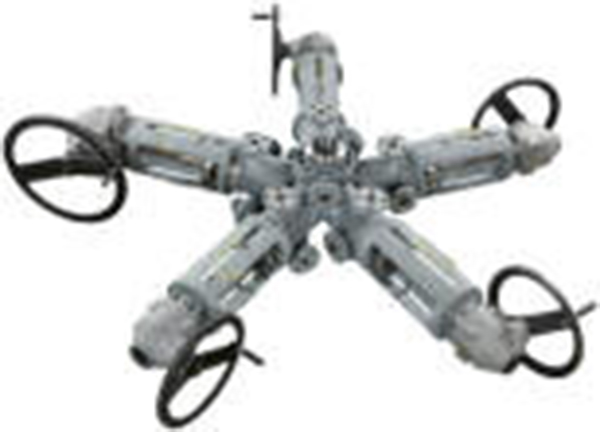Diverter Valve

Diverter Valves – General Overview
The Diverter valve was invented by SchuF in 1965. The first diverter valves were the simple combination of two or more piston or disc valves. Over the past 45 years, SchuF Fetterolf developed this original idea into a valve category in its own right. The name comes about as a result of the fact that the construction enables a process flow to be diverted (or routed) into two or more directions. Diverter valves are sometimes called switch valves, multi-way, or combination valves.
Diverter Valve Applications
Diverter valves have the primary purpose of splitting or combining process media into one or more streams. They can be widely found in the chemical, polymer, and refining industries and are used in a broad variety of applications:
- To split one large process line into many smaller lines
- To replace several isolation valves and T-pieces in order to eliminate back flushing of dead spaces
- To keep one line in service whilst maintaining another
- Switching between filters, without downtime or pressure and flow variations
- To switch between control valves or pumps
- For high viscosity media, where dead or slow spaces lead to poor product quality
- To combine a process isolation and a start up dump valve in one valve body
- Where space does not permit larger valves or extensive piping
- To integrate multiple valve process functions into one valve
Operating Principles
In its simplest form a diverter valve has one inlet and two outlets or vice versa. When the medium flows through the inlet it can either be routed to 1) outlet A only, 2) outlet B only, or 3) to both outlet A and B simultaneously. This is achieved by two pistons (or discs) that move into the valve body and cover all or part of the outlets from either side. This action results in a completely dead space free valve.
Alternatively, the valve can have multiple inlets and outlets. This allows for different substances to be brought together as required and routed to one or multiple lines or vessels.
Key Features & Options
- Modular design
- 2, 3, 4, or multiple inlets /outlets
- Dead space free, unimpeded flow
- Slow space avoidance
- Metal to metal bubble tight seal
- Stuffing box seal to atmosphere
- Rotating and contoured pistons /discs
- Control functionality option
- Repairable in place
- Customised design